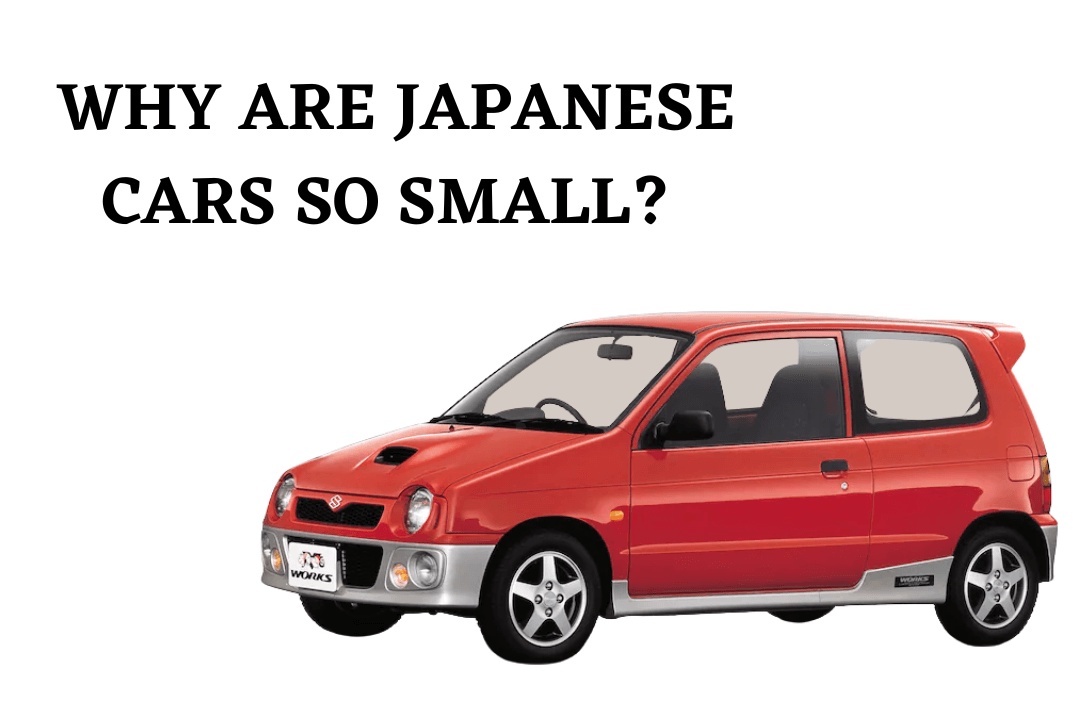Have you ever wondered why Japanese cars are so small? Sure, they might not be as flashy and luxurious as their American counterparts, but there's something to be said about these tiny vehicles' unique design and engineering. Let's explore why Japanese cars are so small and how they can benefit us in our everyday lives!
Japan's Population Density
One of the primary reasons Japanese cars are smaller is that Japan is one of the most densely populated countries in the world. As such, fewer roads and parking spots are available for drivers, meaning space-saving designs become essential for both practicality and convenience. This is why many JDM cars feature compact designs that make them easy to maneuver in tight spaces and generally have smaller engines than their foreign counterparts.
Why Japanese cars are so small depends on Japan's roads. The country is made up of a series of islands, meaning its roads are much narrower than those found in North America. For this reason, it makes sense for car manufacturers to produce more compact vehicles that can navigate these tight city streets and narrow highways without issue. In addition, due to the cost of real estate in Japan being significantly higher than in other countries, parking spaces tend to be smaller, too — making a smaller car even more practical.
History of The Japanese Car Industry
The history of the Japanese car industry also plays an important role in determining vehicle sizes. In the 1950s, Japan was recovering from World War II and needed something to help its economy grow. So, it turned to manufacture—specifically automobiles—to stimulate its economic growth. At this time, Japan had limited resources to work with, and most families could only afford small vehicles, leading to manufacturers producing more compact models than they would have otherwise. As time passed, these smaller designs became standard for many Japanese automakers, leading us to where we are today: an industry full of small but reliable vehicles that can easily fit into tight spaces.
With gasoline prices rising globally, it makes sense for drivers everywhere to prioritize fuel-efficient vehicles over large gas guzzlers. This is especially true in Japan, where gas prices remain among the highest in the world; by driving a small car, drivers can save money at the pump while still enjoying all the benefits a vehicle provides. Finally, since many Japanese cities are densely populated, small cars allow drivers to easily maneuver around tight corners and crowded areas — which would be nearly impossible with a larger car or truck!
Japanese Automakers Embrace The Trend
In recent years, Japan has become increasingly conscious about environmental issues like fuel efficiency and emissions reduction—and Japanese automakers have responded in kind by continuing to focus on creating smaller vehicles with improved fuel efficiency ratings. This has allowed companies like Toyota and Honda to stay ahead of their competitors in terms of fuel economy standards while still providing customers with reliable (and affordable) transportation options that are perfect for navigating congested urban areas.
Conclusion
In conclusion, several factors contribute to why Japanese cars tend to be smaller than those from other countries. From population density issues to historical trends in manufacturing, it seems clear that size isn't everything when it comes to cars—especially in Japan! With their impressive fuel efficiency ratings and space-saving design elements, these small vehicles provide customers with reliable transportation options without taking up too much room on the roads or parking lots. Ultimately, it seems that size doesn't always matter when it comes down to finding a reliable car!


No comments yet